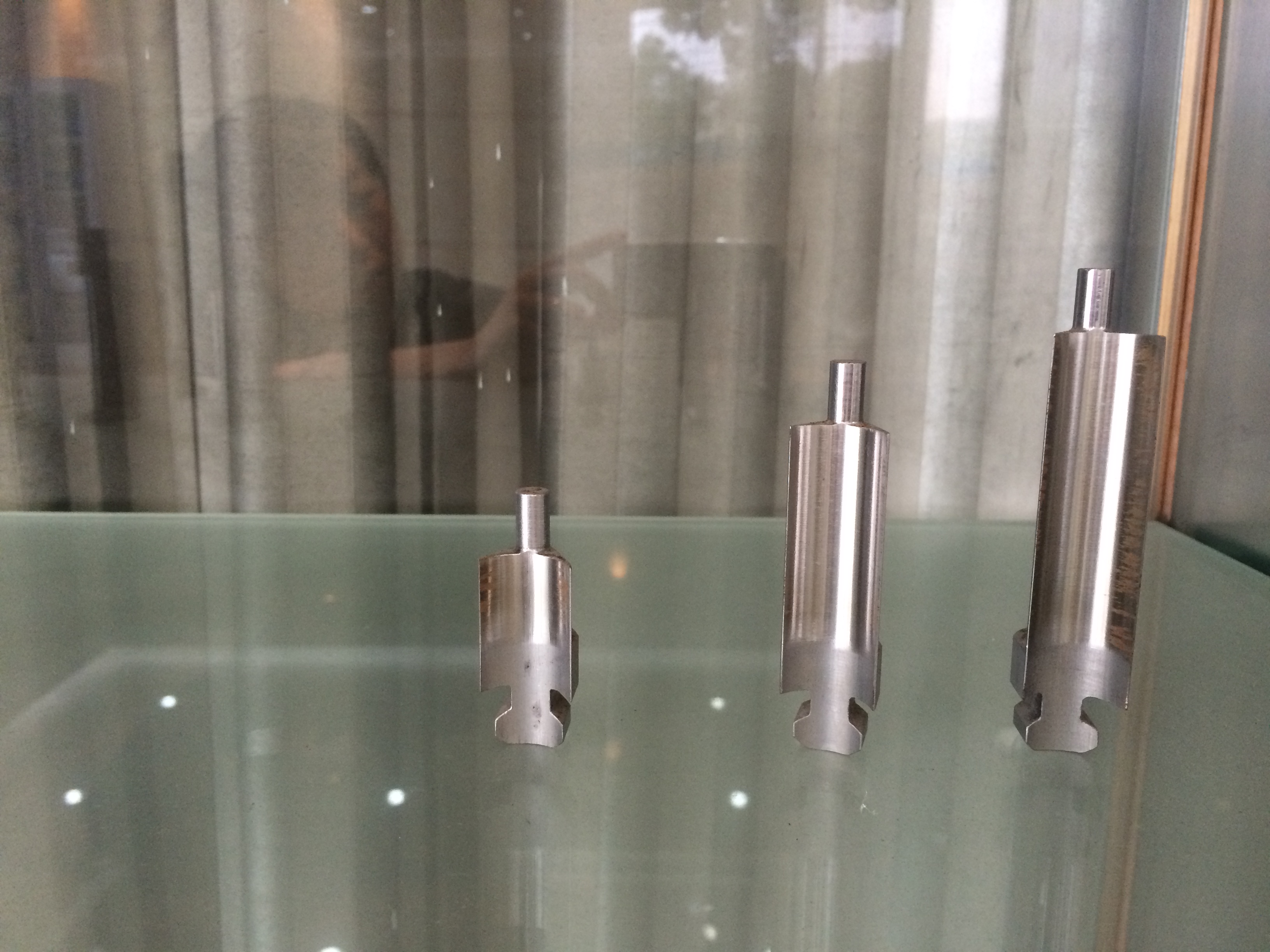Please ensure that JavaScript is enabled in your browser to view this page.
Typical quadcopter drones use counter-rotating rotors to avoid spin, for the same reason that a regular helicopter has a tail rotor. Because there are an equal number of rotors (two) spinning clockwise as there are spinning counterclockwise, a quadcopter drone exhibits a stable hover without any yaw rotation. Most pilots consider that to be a good thing, as it helps to capture clean video and makes FPV (First-Person View) operation easy. But Nick Rehm's strange tricopter drone hovers more efficiently by spinning at a high speed. Wind Turbine For Home

Drones are already inefficient aircraft compared to airplanes, because it takes a lot of power to generate constant upward lift. Increasing battery size to extend flight time also increases weight, which requires even more power to keep the drone aloft. Rehm wondered if he could take advantage of a spinning craft to gain some of the efficiency of an airplane. To test that idea, he built this unusual "Cyclone-Rotor" drone and the results are quite impressive.
This is a tricopter design with three rotors driven by standard brushless DC drone motors. Those mount to the ends of three long arms. It is unique because the arms can also rotate along their axes, thanks to a servo-driven mechanism in the central hub. The arms also have airfoils running their lengths. This means that when the rotors tilt at an angle, the entire drone starts spinning and acting as a massive rotor that provides additional lift.
Intuitively, one wouldn't think that this would be any more efficient, because it requires additional power to spin the airfoils. But Rehm proved that it does, in fact, consume about one third of the amount of power when hovering due to some quirk of physics that we struggle to comprehend. In his tests, he compared the power consumption of both "modes" to get real data and the data doesn't lie.
Rehm made this design open source, so you can build your own Cyclone-Rotor. It uses standard drone parts, 3D-printed parts, and Rehm's own dRehmFlight VTOL flight controller design based on a Teensy 4.0 development board running Arduino code.

Single Crystal Blade Hackster.io, an Avnet Community © 2023